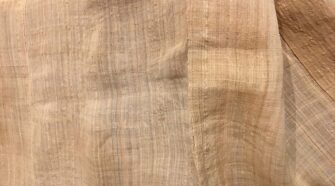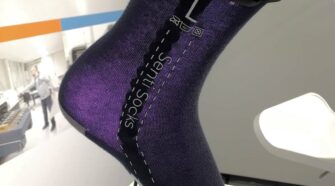
Advanced Textiles Prove the Sky is the Limit
ATA EXPO 2023 Delivers Smart Solutions to Textile Technology The Advanced Textiles Association’s (ATA) annual expo attracts national and international exhibitors, conference speakers and delegates to become a barometer for …

Space Sportswear
The Final Frontier Has Never Been So Fashionable Space provides a very unique environment in which to build products with particular attributes that can’t be built terrestrially. The value is …

Exploring Cellulose Waste Utilization
Forms of Cellulose, Including Waste, Have Potential to Offer Competitive Performance to Synthetics with Environmental Benefits Novel forms of cellulose, including waste, are being developed to offer competitive performance to …

Devices That Can Extend Health and Profits
Global life expectancy has risen to 71.7 years in 2022 (from 64.5 years in 1950) and is set to rise further to 77.3 years by 2050 according to figures from …

Textile Recycling: State of Play
Interview with Report Author Brett Mathews The April launch of a new report “Textile Recycling: State of Play,” was directed not just at the textile industry but at potential investors. …

